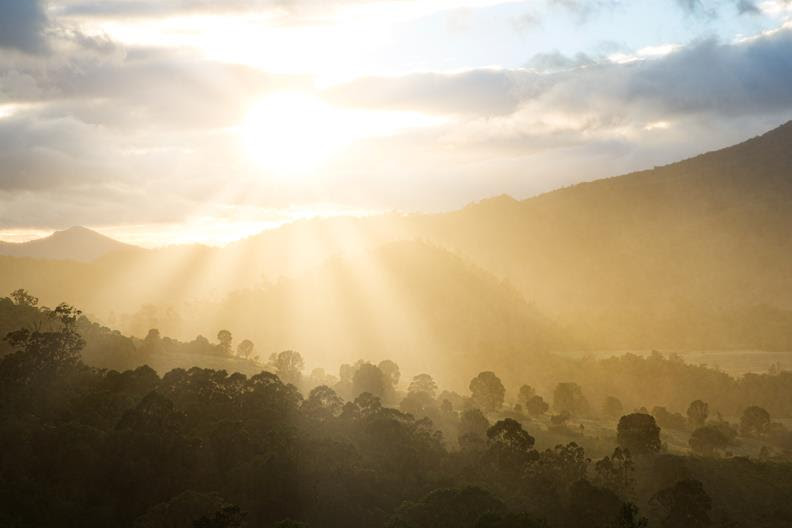Beyond Vitamin D

Most of you know of the importance of vitamin D, especially for those of us living in the Northern latitudes in the winter. But vitamin D isn’t the only benefit derived from sunlight. Near infrared light from the sun is equally critical for our health.
Just outside the range of visible light on the electromagnetic spectrum, near infared light has the ability to boost mitochondrial function—the powerhouse of our cells. And like the pineal gland, this appears to be increasing the production of melatonin in our cells. Melatonin is a potent antioxidant that helps reduce oxidative damage in our body from ongoing stressors in our lifestyle, diet and environment.
Oxidative damage is also one of the primary drivers of complications from Covid. I personally took 10mg of melatonin before bed as a part of my self-care regime when I had Covid last February. It not only helped me have deeper restorative sleep, but it lowered the oxidative stress occurring in my body from the infection.
As we wade through the dark days of winter by spending more time indoors, our ability to fight off respiratory infections is challenged. So getting outside daily, even on cloudy days, is highly beneficial in boosting our immunity by resetting our biological clocks and reducing oxidative stress. (Near infrared light does pass through clouds and is more prominent in natural surroundings.)
Bottom line: Get daily natural light exposure year-round to optimize your health, especially first thing in the morning.
Recently, research has shown benefits from using near infrared light therapy in patients hospitalized with Covid. Not surprising since light therapy has been used since the early days of ancient Greece, India and Egypt up to more modern times to treat various ailments. But artificial lighting, especially LED and fluorescent, has an inhibitory effect on our pineal gland’s production of melatonin. Therefore, it is so important to reduce your exposure to artificial light at night, especially the blue light emitted from devices.
The solution: Set your devices to nighttime light settings, avoid using devices late at night and turn lights out as early as possible. In our home we use regular LEDs in the ceiling lights during the day and a specially designed low blue light LED during the evening for lamps to help mimic the natural light cycle outdoors.
https://bioslighting.com/
(I have no affiliation with the company.)

